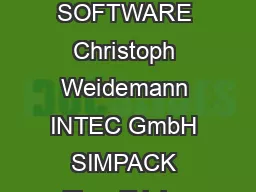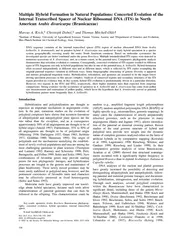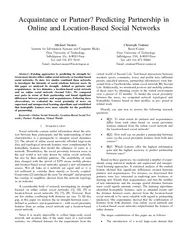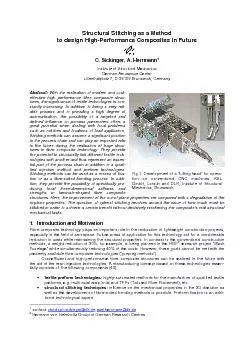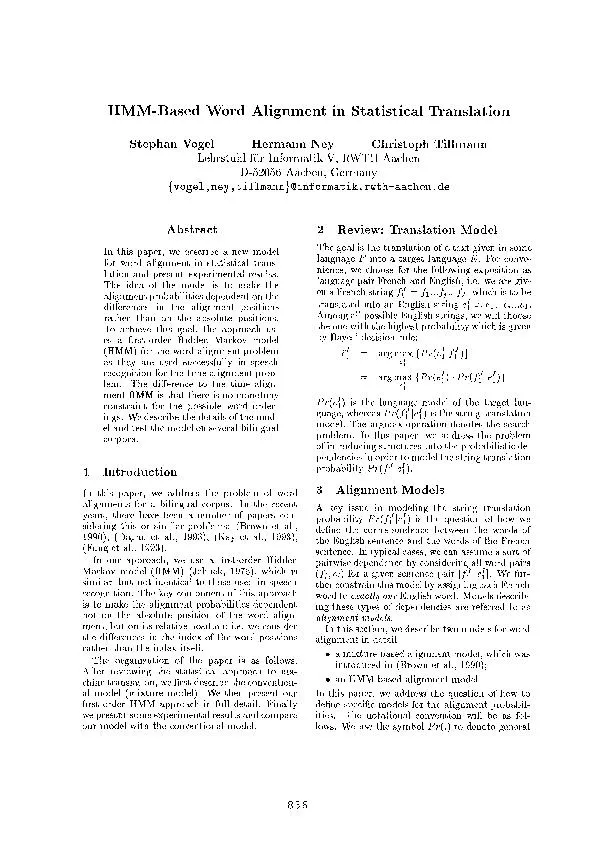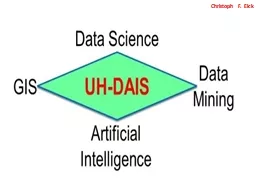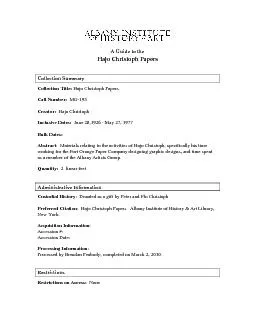PPT-Christoph Mitterer
Author : danika-pritchard | Published Date : 2017-10-09
Bavarian Avalanche Warning Service Réunion Atelier Neige Grenoble 30 April 2015 Whats new at the wetting front Foto J Schweizer Foto J Rocco Wetsnow avalanche
Presentation Embed Code
Download Presentation
Download Presentation The PPT/PDF document "Christoph Mitterer" is the property of its rightful owner. Permission is granted to download and print the materials on this website for personal, non-commercial use only, and to display it on your personal computer provided you do not modify the materials and that you retain all copyright notices contained in the materials. By downloading content from our website, you accept the terms of this agreement.
Christoph Mitterer: Transcript
Download Rules Of Document
"Christoph Mitterer"The content belongs to its owner. You may download and print it for personal use, without modification, and keep all copyright notices. By downloading, you agree to these terms.
Related Documents


